#Nobel Prize for Physiology
Text
Winners of Noble Prize in Physics 2022 is announced
Winners of Noble Prize in Physics 2022 is announced
On October 4th, 2022, the winners of the Noble Prize in Physics 2022 will be announced. John F. Clauser, Alain Aspect, and Anton Zillinger have jointly received the Nobel Prize in Physics for their incredibly outstanding work in the field of quantum mechanics. Of these three, Alain Aspect is from France, while John F. Klauser and Anton Zillinger are from America and Australia, respectively. On…
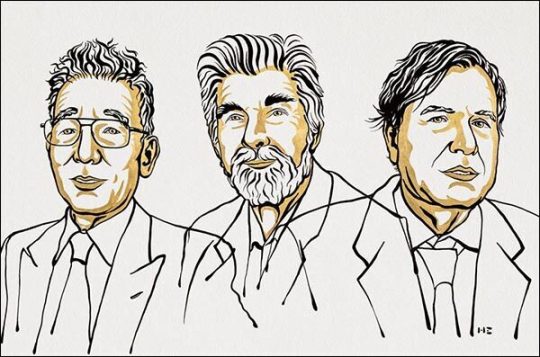
View On WordPress
#Alain Aspect#Alain Aspect John#Anton Zeilinger#Around The World Hindi News#F Clauser#j#John F Clauser and Anton Zillinger#Nobel Prize#Nobel Prize 2022#Nobel Prize 2022 for Physics#Nobel Prize 2022 news in hindi#Nobel Prize 2022 Winner#Nobel Prize 2022 winner list#Nobel Prize for Physiology#Nobel Prize in Physics#Nobel Prize winners in Physics 2022#physics Nobel Prize 2022#quantum mechanics#winners of noble prize in physics 2022#नोबेल पुरस्कार 2022 भौतिकी#नोबेल पुरस्कार फिजिक्स 2022
2 notes
·
View notes
Text

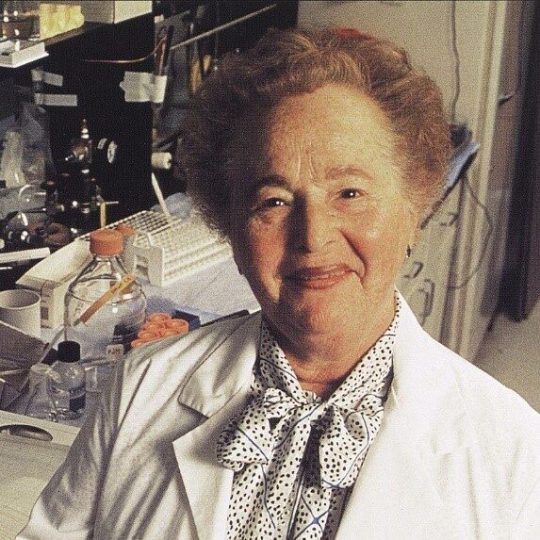

63 notes
·
View notes
Text
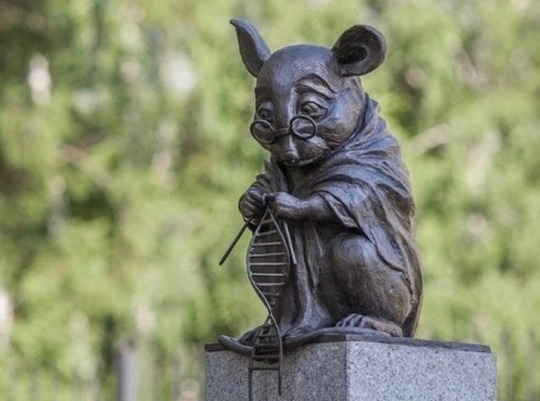
A bronze statue of a laboratory mouse knitting a double helix of DNA in order to honor all the mice that were sacrificed for genetic research to develop new drugs to fight diseases.
It was designed by Andrew Kharkevich and is located in Siberia, Russia.
The monument was completed on 1 July 2013, coinciding with the 120th anniversary of the founding of the city.
The monument commemorates the sacrifice of the mice in genetic research used to understand biological and physiological mechanisms for developing new drugs and curing diseases.
Sculptor Alexei Agrikolyansky, who created the statue, confessed that it was challenging to capture this moment, as the mouse was obviously not human.
Nevertheless, he had to produce a character with believable emotions while maintaining anatomical proportions, avoiding it looking like a cartoon character or a real mouse.
The DNA spiral emerging from the knitting needles winds to the left, symbolizing the still poorly understood Z-DNA - representing the scientific research that is yet to be done.
In contrast, the more common B-DNA winds to the right.
The very first photograph of DNA was captured by a woman named Rosalind Franklin (25 July 1920 – 16 April 1958) using X-ray technology, allowing James Dewey Watson (born April 6, 1928) and Francis Harry Compton Crick OM FRS (8 June 1916 – 28 July 2004) to accurately characterize the double helix.
While they went on to win the Nobel Prize in Physiology or Medicine in 1962, Franklin was not credited.
Sadly, she had passed away in 1958 from ovarian cancer, most likely caused by the high radiation exposure she endured while working with X-rays to capture the image of the double helix.
🤎🤍🤎
#DNA#mice#genetic research#Andrew Kharkevich#Alexei Agrikolyansky#scientific research#Z-DNA#B-DNA#Rosalind Franklin#James Dewey Watson#Francis Harry Compton Crick#double helix#Nobel Prize#science#Nobel Prize in Physiology or Medicine#laboratory mouse
17 notes
·
View notes
Text

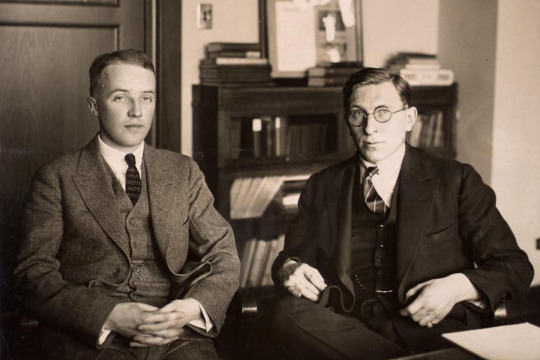
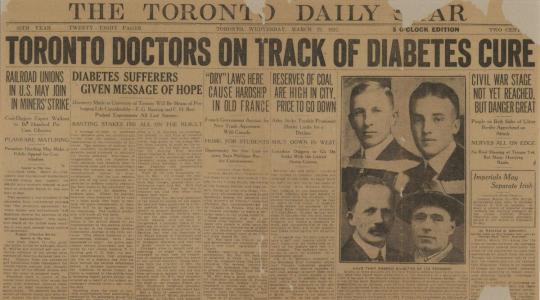
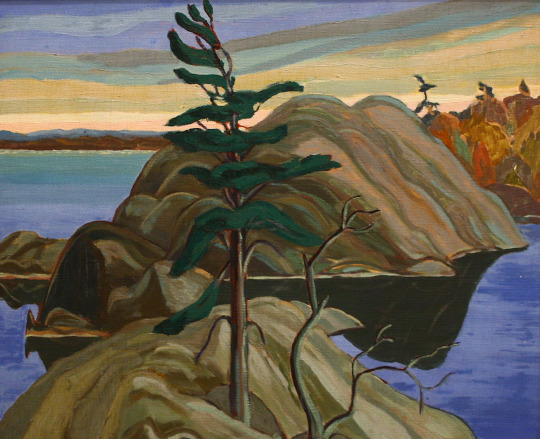
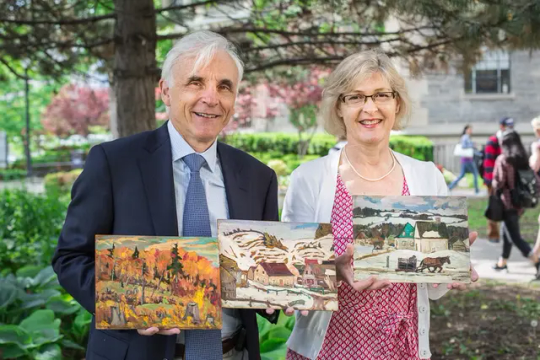

Frederick Banting – Scientist of the Day
Frederick Banting, a Canadian physiologist, was born Nov. 14, 1891.
Learn more
#Frederick Banting#physiology#medicine#Nobel prize#insulin#histsci#histSTM#20th century#history of science#Ashworth#Scientist of the Day
3 notes
·
View notes
Text
Svante Pääbo just won the 2022 Nobel Prize in Physiology or Medicine for his work in paleogenetics … and I am so giddy right now! :-D
#personal#science#svante pääbo#2022#nobel prize#nobel laureate#nobel prize in physiology or medicine#genetics#paleogenetics#might delete later#sweden
8 notes
·
View notes
Photo
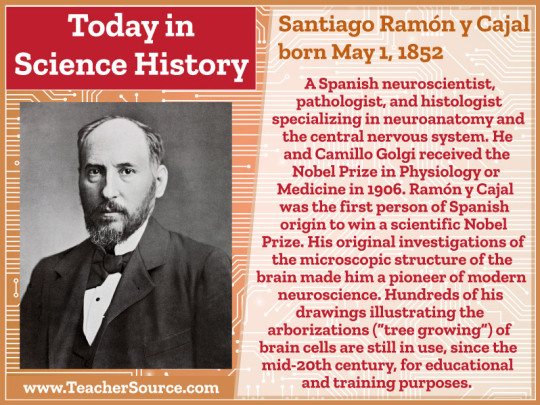
Santiago Ramón y Cajal was born on May 1, 1852. A Spanish neuroscientist, pathologist, and histologist specializing in neuroanatomy and the central nervous system. He and Camillo Golgi received the Nobel Prize in Physiology or Medicine in 1906. Ramón y Cajal was the first person of Spanish origin to win a scientific Nobel Prize. His original investigations of the microscopic structure of the brain made him a pioneer of modern neuroscience. Hundreds of his drawings illustrating the arborizations ("tree growing") of brain cells are still in use, since the mid-20th century, for educational and training purposes.
#santiago ramon y cajal#neuroscience#pathology#neuroanatomy#central nervous system#physiology#Nobel Prize#nobel prize winners#science#science birthdays#science history#on this day#on this day in science history
4 notes
·
View notes
Text
Nobel Prize Nomination
For the 2025 Nobel Prize in Physiology or Medicine I'd like to nominate all of the graduate students in those fields who have spent literally millions of hours doing painstaking, detailed, difficult, and bizarre tasks and experiments. Science (and math) is a team effort. Prizes to individuals do not make much sense. In 2010, Grigori Perelman declined the $1,000,000 Clay Prize for his proof of the Poincare Conjecture, because he considered it unfair for one individual to be rewarded for it. I've been thinking about that truly remarkable act ever since; I think we need to reconsider the entire structure of how we reward scientific research in light of how it is a communal effort.
0 notes
Text
Nirenberg, Robert Holley and Har Gobind Khorana shared the 1968 Nobel Prize in physiology or medicine for their groundbreaking work.
"Chemistry" 2e - Blackman, A., Bottle, S., Schmid, S., Mocerino, M., Wille, U.
#book quote#chemistry#nonfiction#textbook#marshall nirenberg#robert holley#har gobind khorana#60s#1960s#20th century#nobel prize#physiology#medicine#groundbreaking
1 note
·
View note
Text
The 2023 #NobelPrize in #Physiology or #Medicine has been awarded to Katalin Karikó and Drew Weissman for their discoveries concerning nucleoside base modifications that enabled the development of effective #mRNA #vaccines against #COVID19.
'Redemption': How a scientist's unwavering belief in mRNA gave the world a #Covid19Vaccine
https://www.telegraph.co.uk/global-health/science-and-disease/redemption-one-scientists-unwavering-belief-mrna-gave-world/
instagram
0 notes
Text
The Best News of Last Year - 2023 Edition
Welcome to our special edition newsletter recapping the best news from the past year. I've picked one highlight from each month to give you a snapshot of 2023. No frills, just straightforward news that mattered. Let's relive the good stuff that made our year shine.
January - London: Girl with incurable cancer recovers after pioneering treatment
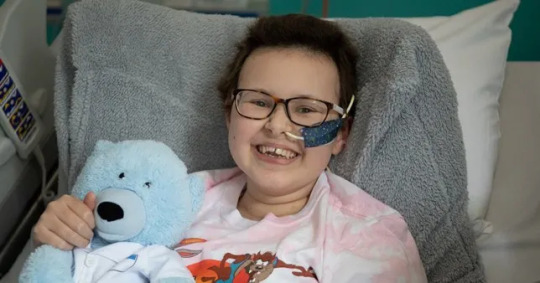
A girl’s incurable cancer has been cleared from her body after what scientists have described as the most sophisticated cell engineering to date.
2. February - Utah legislature unanimously passes ban on LGBTQ conversion therapy

The Utah State Legislature has unanimously approved a bill that enshrines into law a ban on LGBTQ conversion therapy.
3. March - First vaccine for honeybees could save billions

The United States Department of Agriculture (USDA) has approved the world’s first-ever vaccine intended to address the global decline of honeybees. It will help protect honeybees from American foulbrood, a contagious bacterial disease which can destroy entire colonies.
4. April - Fungi discovered that can eat plastic in just 140 days
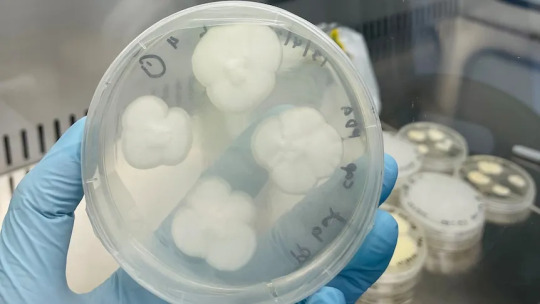
Australian scientists have successfully used backyard mould to break down one of the world's most stubborn plastics — a discovery they hope could ease the burden of the global recycling crisis within years.
5. May - Ocean Cleanup removes 200,000th kilogram of plastic from the Pacific Ocean

The Dutch offshore restoration project, Ocean Cleanup, says it has reached a milestone. The organization's plastic catching efforts have now fished more than 200,000 kilograms of plastic out of the Pacific Ocean, Ocean Cleanup said on Twitter.
6. June - U.S. judge blocks Florida ban on care for trans minors in narrow ruling, says ‘gender identity is real’

A federal judge temporarily blocked portions of a new Florida law that bans transgender minors from receiving puberty blockers, ruling Tuesday that the state has no rational basis for denying patients treatment.
7. July - World’s largest Phosphate deposit discovered in Norway

A massive underground deposit of high-grade phosphate rock in Norway, pitched as the world’s largest, is big enough to satisfy world demand for fertilisers, solar panels and electric car batteries over the next 50 years, according to the company exploiting the resource.
8. August - Successful room temperature ambient-pressure magnetic levitation of LK-99

If the claim by Sukbae Lee and Ji-Hoon Kim of South Korea’s Quantum Energy Research Centre holds up, the material could usher in all sorts of technological marvels, such as levitating vehicles and perfectly efficient electrical grids.
9. September - World’s 1st drug to regrow teeth enters clinical trials

The ability to regrow your own teeth could be just around the corner. A team of scientists, led by a Japanese pharmaceutical startup, are getting set to start human trials on a new drug that has successfully grown new teeth in animal test subjects.
10. October - Nobel Prize goes to scientists behind mRNA Covid vaccines

The Nobel Prize in Physiology or Medicine has been awarded to a pair of scientists who developed the technology that led to the mRNA Covid vaccines. Professors Katalin Kariko and Drew Weissman will share the prize.
11. November - No cases of cancer caused by HPV in Norwegian 25-year olds, the first cohort to be mass vaccinated for HPV.
Last year there were zero cases of cervical cancer in the group that was vaccinated in 2009 against the HPV virus, which can cause the cancer in women.
12. December - President Biden announces he’s pardoning all convictions of federal marijuana possession
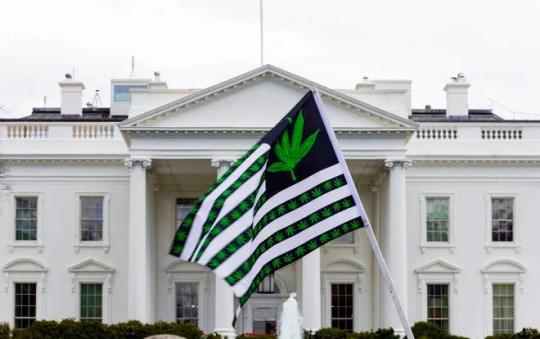
President Joe Biden announced Friday he's issuing a federal pardon to every American who has used marijuana in the past, including those who were never arrested or prosecuted.
------
And there you have it – a year's worth of uplifting news! I hope these positive stories brought a bit of joy to your inbox. As I wrap up this special edition, I want to thank all my supporters!
Buy me a coffee ❤️
Merry Christmas and Happy New Year!
6K notes
·
View notes
Photo

#Christiane Nüsslein Volhard#biologist#nobel prize winner#christiane#Nobel Prize in Physiology or Medicine#german#professor
1 note
·
View note
Text
Almost certainly paywalled, but the lede alone is worth it. :)
2K notes
·
View notes
Text
My favorite thing about my history of psychology class is learning how many of these people would be absolutely outraged that they’re in a modern psych textbook
#Pavlov would be screaming I think#he won a Nobel prize for his work in PHYSIOLOGY and all anyone remembers about him is his influence on behaviorism#all these physiologists who didn’t consider psych a science#talking into the void
0 notes
Text

The Nobel Prize Assembly at the Karolinska Institute has decided to award the 2022 Nobel Prize in Physiology or Medicine to Svante Paabo…..
#Nobel Prize 2022#nobel prize#ajsei#learn with ajsei#aj smart classes#nobel prize in medicine#nobel prize winner#Physiology#Medicine#Svante pääbo#Svante Paabo#karolinska institute#Gyanvandan#current affairs
1 note
·
View note
Text
MAGP 22 - Fun Historical Context
Spoilers below the break. Mostly history, though.
Hans Berger, the person who wrote the letter in this case, is considered the inventor of electroencephalogram, more commonly known as the EEG. It remains an important medical tool.
Berger’s married his technical assistant, Ursula.
The opening of the case until the dream, including the description of the participant with a cranial defect, the instrumentation, etc., appears consistent with historical Berger.
Berger was interested in the physiological basis for psychic energy.
Berger worked at the University of Jena (Jena is mentioned).
Despite conducting the first EEG in 1924, he waited years to publish it; consistent with the letter mentioning his reputation
Einthoven, mentioned in the case, received the Nobel Prize in medicine for his invention of the ECG (which looks at electrical activity of the heart), that same year, 1924.
Konstantin M. Bykov, also mentioned in the case, worked on what we now call the corpus callosum, the biggest connection between the brain hemispheres. The letter calls this a “Hemispherical Bridge.”
Richard Canton, who Berger is writing to in this case, did work on the brain’s electrical nature that was important to Berger’s invention; Berger was one of the people to emphasize the importance of Canton’s work.
Berger was a literal N*zi who worked with the SS.
34 notes
·
View notes
Photo

Konrad Emil Bloch was born on January 21, 1912. A German-American biochemist, Bloch received the Nobel Prize in Physiology or Medicine in 1964 (joint with Feodor Lynen) for discoveries concerning the mechanism and regulation of the cholesterol and fatty acid metabolism. Bloch also discovered that bile and a female sex hormone were made from cholesterol, which led to the discovery that all steroids were made from cholesterol. His Nobel Lecture was “The Biological Synthesis of Cholesterol”.
#konrad emil bloch#biology#biochemistry#cholesterol#physiology#nobel prize#nobel prize winners#science#science birthdays#science history#on this day#on this day in science history
3 notes
·
View notes